Bug Repelling Plants
Mint is great pest control for a broad array of bugs including aphids ants mosquitoes cabbage moths and certain types of beetles. Plant-based repellant has been used for years in traditional practice and protection against insects and bugs.
 Plants That Repel Bugs And Mosquitoes Plants Plants That Repel Bugs Mosquito Repelling Plants
Plants That Repel Bugs And Mosquitoes Plants Plants That Repel Bugs Mosquito Repelling Plants
In any variety Marigolds are known to repel insects.
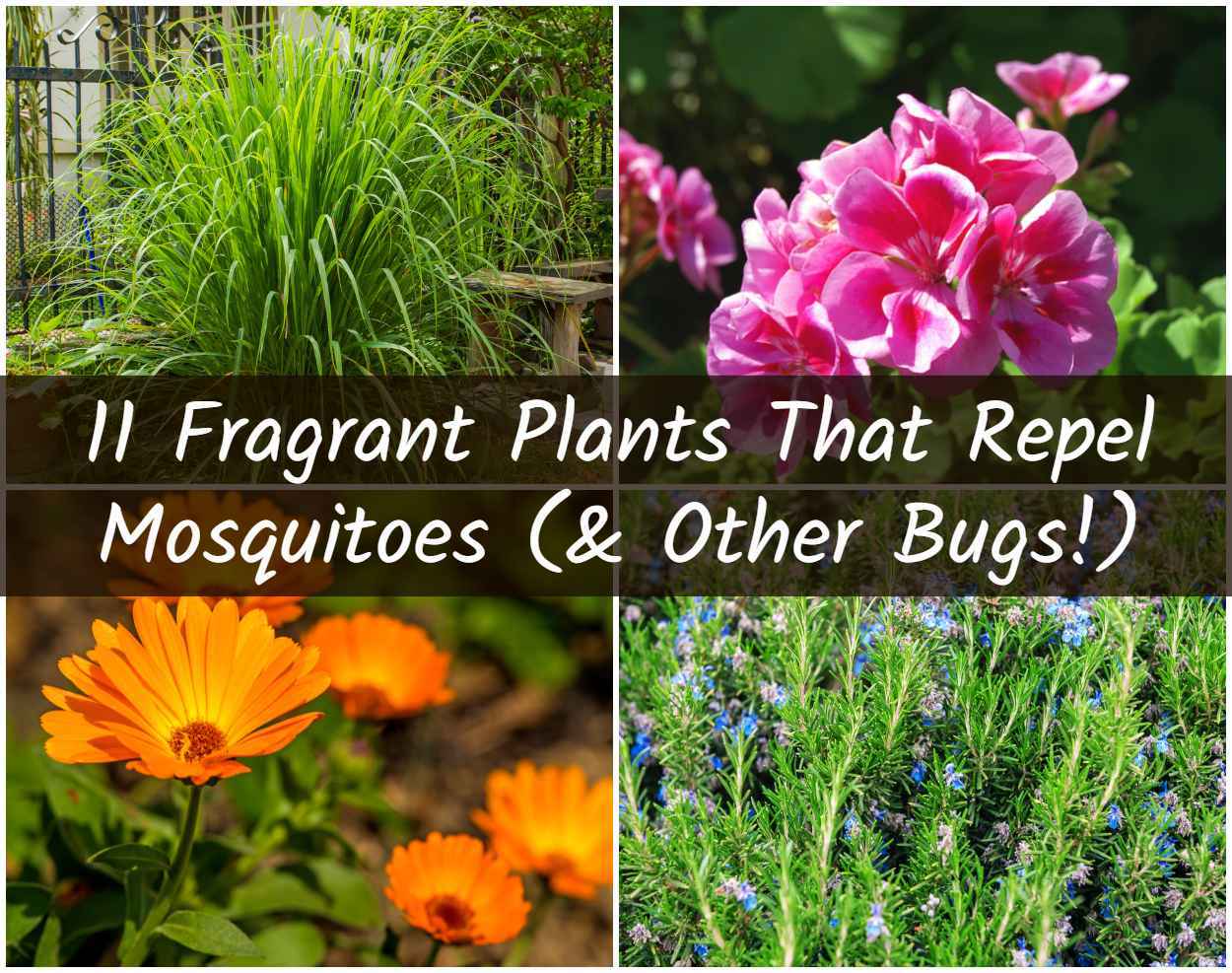
Bug repelling plants. Dill is excellent for repelling cabbage moths. It is best to grow it with other bug-repelling plants from the list to make it more potent. Known for its deep complex fragrance and bold purple spikes of flowers it can be found in gardens around the world.
It is also for the same reason that it is used to repel insects like mosquitoes. 13 Plants that Repel Bugs. Traps and ingests insects radish.
Also known as cat mint catnip is a member of the mint family and contains insect repelling oils. The EPA registered citronella oil as an. Catnip is known for its ability to give your feline friends a mellow buzz but the herb also has some bug repellent properties.
Citronella grass not to be confused with a citronella plant wards off mosquitoes. Lavender is one the most effective insect repelling plants. However you should probably plant mint in a pot since it can overtake your garden if left unmonitored.
You can grow lavenders successfully and easily in containers and they are ideal for repelling mosquitoes flies fleas and moths. Citronella grass Mokkie CC BY-SA 1. With its oils used in the ever-popular Citronella line of products lemongrass is a great grass that repels mosquitoes.
Repels cabbage maggot and cucumber beetles. This pungent allium plant is a bug repellent for carrot flies cabbage worms slugs and aphids. Put oregano around sitting areas outdoors.
Dill is known to attract tomato hornworms so keep dill away from your tomato plants. The scent is the main deterrent and the herb itself grows easily because it needs little water. Myrrh is known for its aroma that it used for perfumes and incense.
59 rows repellent to many pests. Pyrethrum has been developed into several pest control products for use in flowerbeds and gardens. Pelargonium citrosum This beautiful geranium emits a waft of citrus-like fragrance that helps in repelling bugs and mosquitoes.
Repel aphids tomato hornworm asparagus beetles leafhoppers and squash bugs. Scented geraniums seem to be a popular mosquito repelling plant. It requires very little maintenance and can be used as a.
Root knot nematodes are killed by this naturally occurring control. Its a shrubby perennial grown for its flowers and fragrance but it also serves as a landscape item for its beauty and ability to stand heat and drought. The strong fragrance keeps several types of pests away.
It repels roaches ants Japanese beetles bedbugs ticks harlequin bugs silverfish lice fleas and spider mites. Steep the leaves in water to make an insect repelling spray to protect your garden. These 10 pest repelling plants will help your garden stay healthy all season long.
Lavender oil is often used in natural bug repellents as it is effective at chasing off flies mosquitoes and gnats. The Mexican Marigold deters insects and rabbits and is a good plant to grow with many crops for repelling insects. Cat mint repels ants fleas Japanese beetles aphids weevils and squash beetles.
Rub a few sprigs in your palms to release the bug repelling scent. The great thing about pest repelling plants aside from the fact that they keep harmful bugs away from your vegetables is that they can add brilliant color to your garden and some of them are quite tasty additions to your meals. One study found the essential oil from catnip can help deter.
Repels aphids cabbage looper flea beetles squash bugs whiteflies and the Small White. Some plants contain a natural bug repellant called pyrethrum. Citronella oil which is derived from citronella grass is a popular ingredient in many commercial insect repellent products.
Other plants that repel problematic bugs Lemongrass. Planting dill is a way to repel bugs like spider mites squash bugs and aphids from your vegetable garden. Because many of the insects nasturtiums repel favor vegetables tomatoes cucumbers kale kohlrabi collards broccoli cabbage and radishes nasturtiums are an idea choice for planting.
A word of warning. Dill is also a good plant for attracting beneficial insects and is a host plant for black swallowtail butterflies. Most plants contain essential oils which are natures bug repellant and they also contain compounds that they use in preventing phytophagous which are plant-eating insects hence you can have some of these plants planted to make your own natural bug repellent but simply including bug.
Recommended by PlantShed BBG and NYBG the favored scent seems to be lemon scented which is reminiscent of citronella grass. You will lose a little dill while the larvae feed but they are not around for long and the butterflies are lovely.
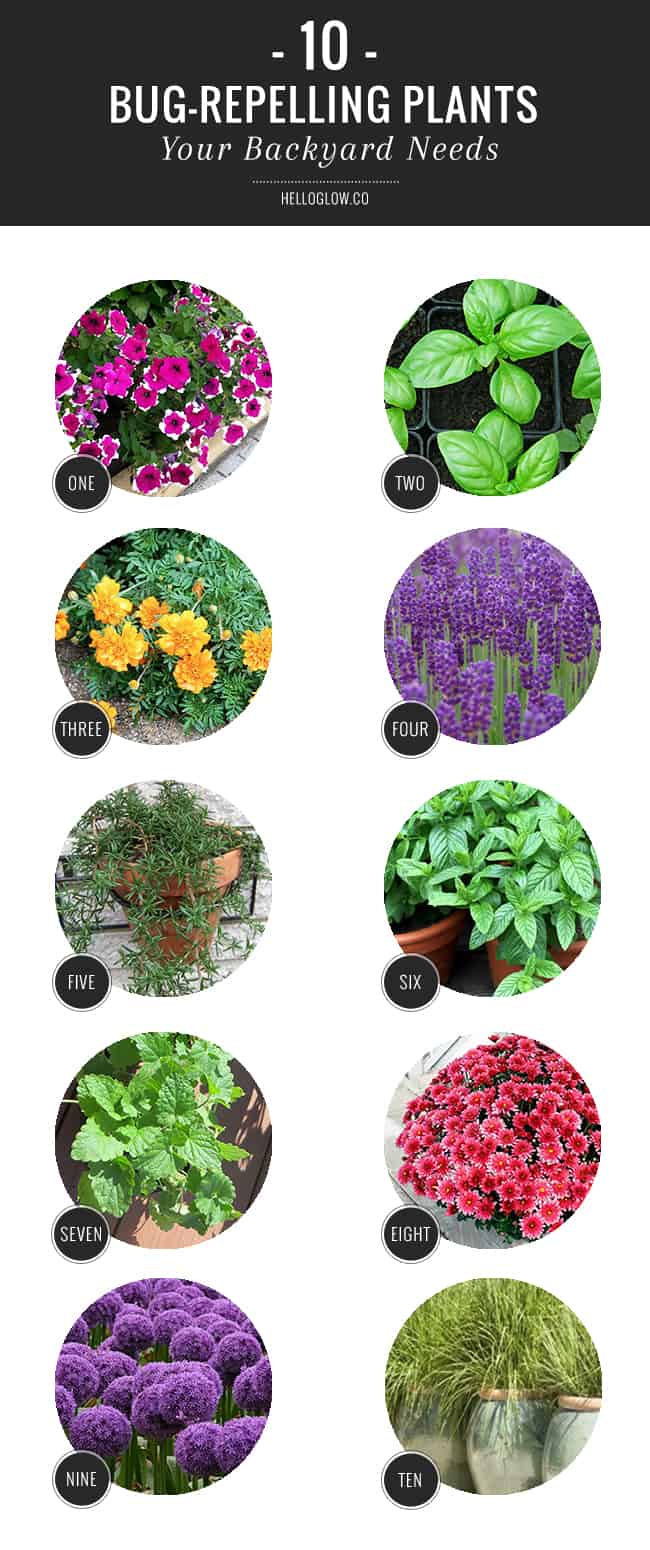 10 Bug Repelling Plants Your Backyard Needs Helloglow Co
10 Bug Repelling Plants Your Backyard Needs Helloglow Co
 Bug Off Plants To Repel Mosquitoes Espoma
Bug Off Plants To Repel Mosquitoes Espoma
 Outdoor Plants Tips Tricks To Keep Bugs At Bay Millcreek Gardens
Outdoor Plants Tips Tricks To Keep Bugs At Bay Millcreek Gardens
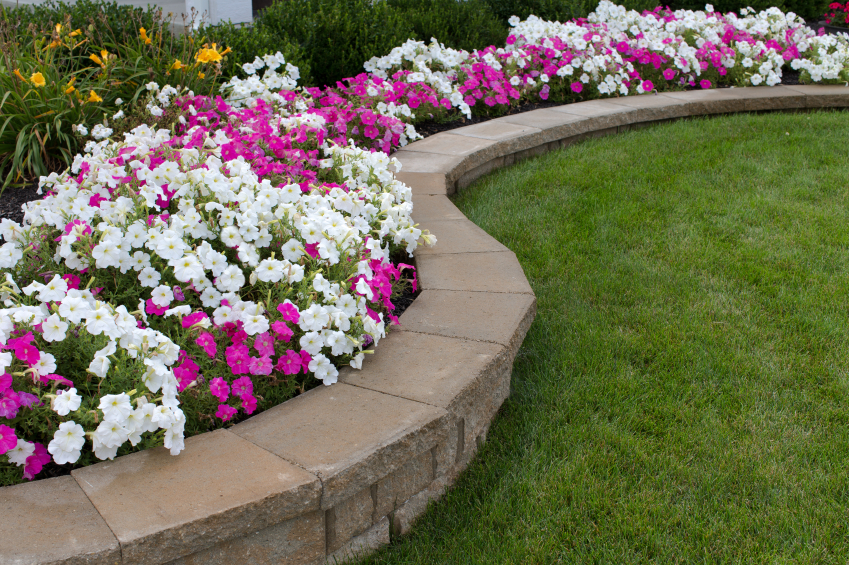 5 Bug Repelling Plants For Your Garden Bain Pest Control Service
5 Bug Repelling Plants For Your Garden Bain Pest Control Service
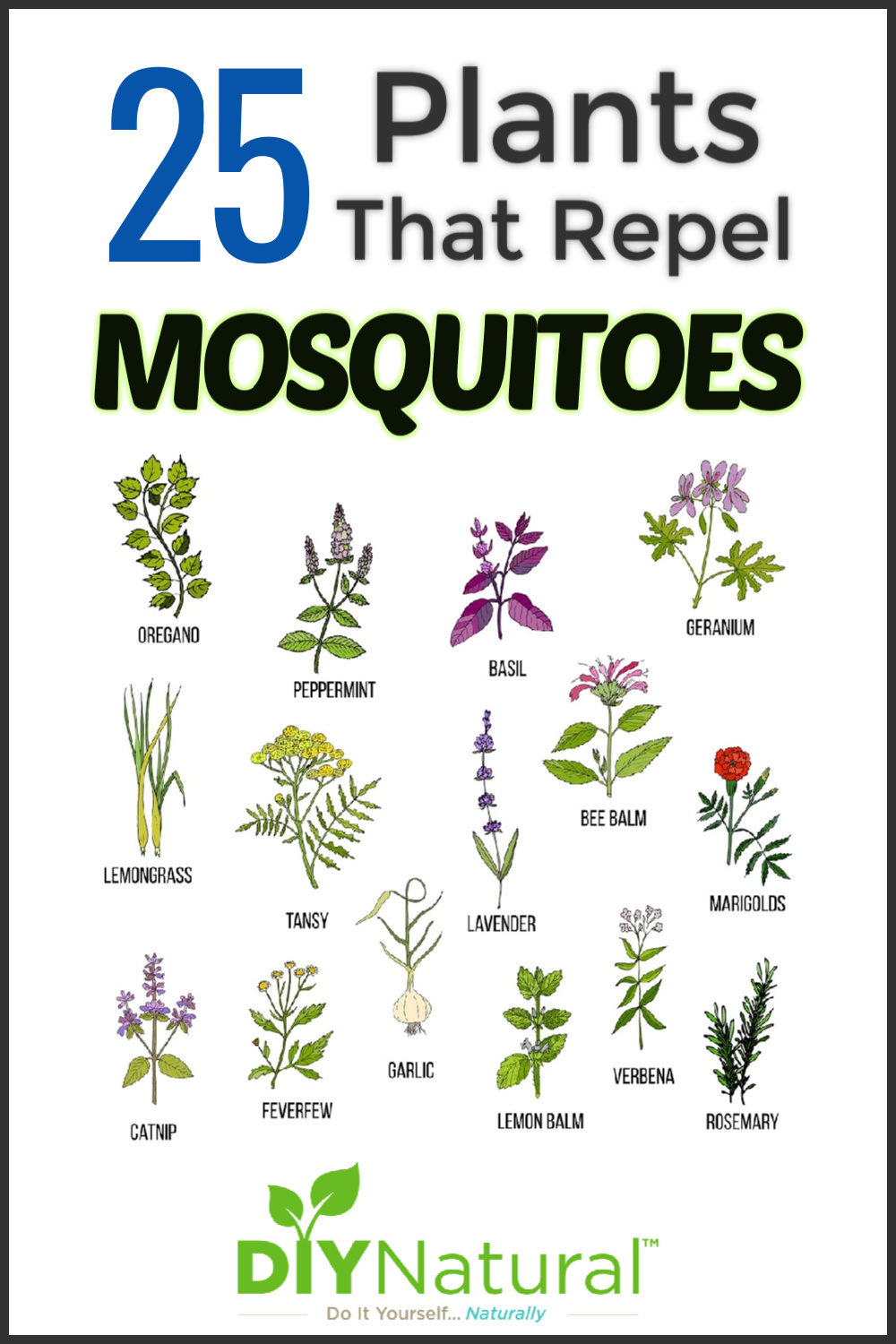 Mosquito Repellent Plants 25 Plants That Repel Mosquitoes Naturally
Mosquito Repellent Plants 25 Plants That Repel Mosquitoes Naturally
 10 Must Have Bug Repelling Plants You Need Now In Your Backyard To Keep Those Bugs Away Plants That Repel Bugs Plants Planting Flowers
10 Must Have Bug Repelling Plants You Need Now In Your Backyard To Keep Those Bugs Away Plants That Repel Bugs Plants Planting Flowers
 11 Fragrant Plants That Repel Mosquitoes
11 Fragrant Plants That Repel Mosquitoes
/heroshotplantsrepelinsects-1e3c8f9d45c845e68d034e96651c5de2.jpg) 16 Plants That Repel Unwanted Insects
16 Plants That Repel Unwanted Insects
 15 Plants That Repel Mosquitoes Proflowers
15 Plants That Repel Mosquitoes Proflowers
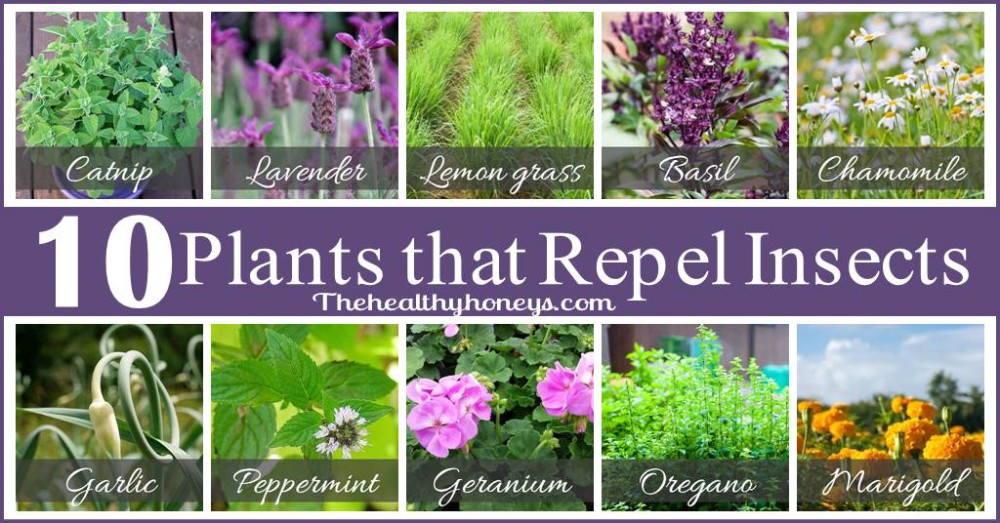 Top 10 Plants That Repel Unwanted Insects The Healthy Honey S
Top 10 Plants That Repel Unwanted Insects The Healthy Honey S
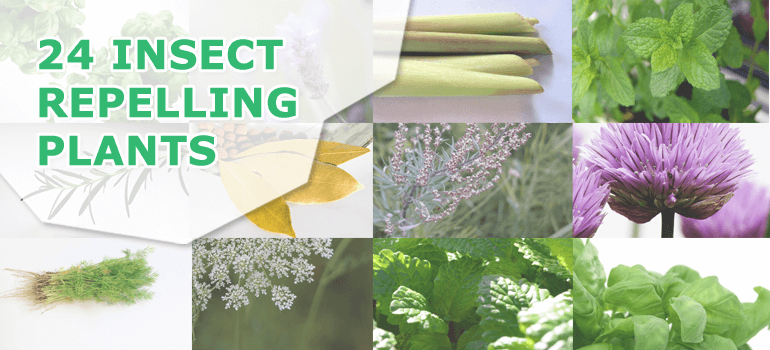 Chase The Bugs 24 Plants That Repel Insects For Good
Chase The Bugs 24 Plants That Repel Insects For Good
 Insect Repellent Plants Cheaper Than Retail Price Buy Clothing Accessories And Lifestyle Products For Women Men
Insect Repellent Plants Cheaper Than Retail Price Buy Clothing Accessories And Lifestyle Products For Women Men
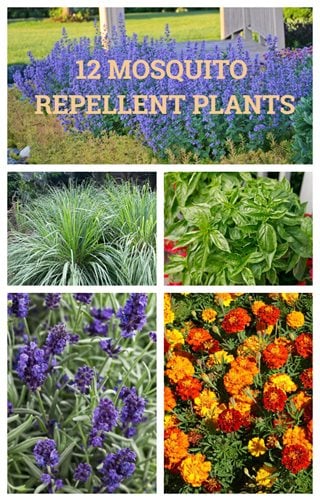 12 Mosquito Repellent Plants Garden Design
12 Mosquito Repellent Plants Garden Design
 Plants Herbs That Naturally Repel Mosquitoes
Plants Herbs That Naturally Repel Mosquitoes
Comments
Post a Comment